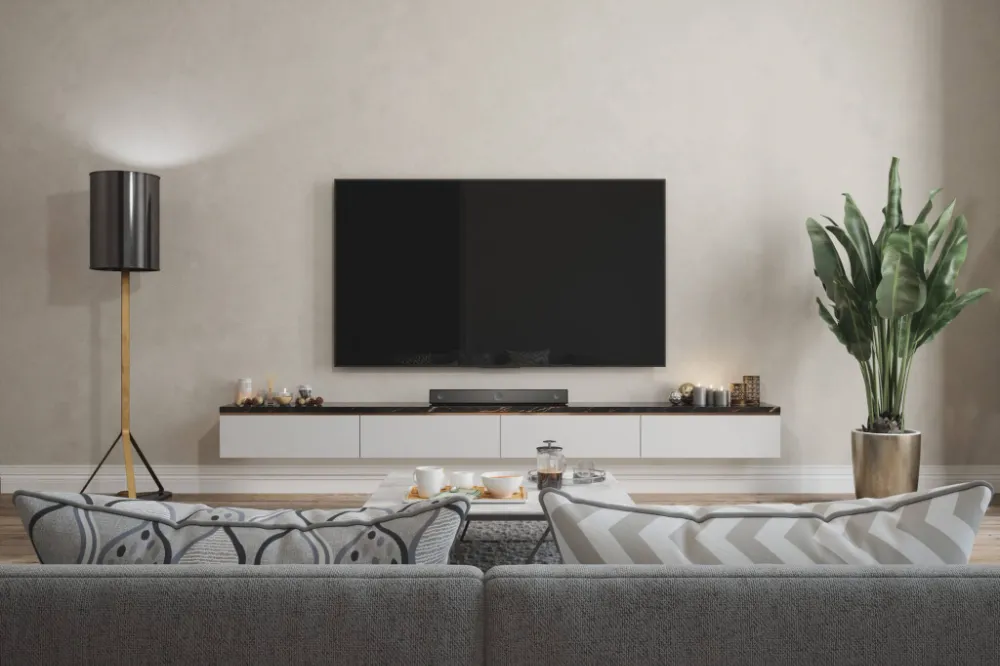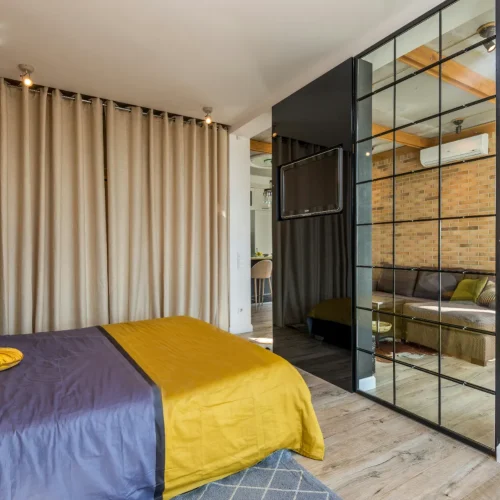
Creating a home theater is more than just installing a large screen and sound system; it is about transforming a room into an immersive cinematic experience tailored to your lifestyle. A thoughtfully designed home theater can enhance movie nights, elevate entertainment experiences, and even add value to your home. However, selecting the right home theater designer is critical to achieving this vision.
We will explore how to make an informed choice, ensuring your investment results in a functional, visually stunning, and acoustically optimized space that meets your specific needs. From understanding design processes to evaluating technology integration and maintenance support, every decision impacts the final outcome and your long-term satisfaction.
Key Considerations When Selecting a Home Theater Designer
1. Assessing Design Approach and Planning Process
The foundation of a successful home theater begins with a comprehensive design approach. A designer should start with an in-home consultation, assessing the room’s dimensions, acoustics, lighting, and your lifestyle preferences. Understanding your entertainment habits, family dynamics, and usage patterns allows the designer to create a personalized layout that maximizes viewing comfort and sound quality. Some designers employ advanced tools such as CAD drawings and acoustical reports, ensuring precision in speaker placement, seating arrangement, and visual alignment.
Additionally, an effective home theater designer in Boca Raton, FL, will anticipate potential challenges, including HVAC interference, wiring limitations, or seating optimization. A thoughtful planning process ensures that the project proceeds smoothly, avoids costly mistakes, and delivers a theater experience that feels integrated rather than retrofitted into the space.
2. Technology Integration and Equipment Selection
A key aspect of a home theater is the integration of audio-visual technology. The right designer can recommend equipment that matches your space while supporting future upgrades. This includes selecting appropriate projectors, screens, surround sound systems, and control systems. Designers often coordinate with existing smart home devices to create a seamless experience, where lighting, shades, and audio are controlled with a single interface.
It is essential to understand how the designer balances performance and aesthetics, ensuring that wires, equipment racks, and acoustic treatments are discreetly integrated into the design. A designer familiar with the latest technology standards, such as 4K/8K visuals or Dolby Atmos sound, can ensure that your theater meets modern expectations and provides a lasting cinematic experience without clutter or compromise.
3. Acoustic Design and Soundproofing
Sound quality is a defining factor in any home theater, and proper acoustic treatment is critical. A qualified designer should evaluate the room’s materials, dimensions, and potential sound interference. Solutions may include dual-layer drywall, decoupled framing, or vibration-dampening to isolate sound and prevent disruption to other areas of the home. Acoustic panels, in-wall speaker enclosures, and strategically placed furniture contribute to achieving a balanced sound profile.
Moreover, designers should consider environmental factors such as external noise, HVAC systems, and reflective surfaces that can impact audio clarity. Soundproofing not only improves the listening experience but also enhances privacy, ensuring that high-volume viewing does not disturb other household members or neighbors. Careful attention to these details ensures that your home theater delivers an immersive sound experience comparable to professional cinema environments.
4. Aesthetic Design and Comfort Considerations
The visual appeal and comfort of a home theater are just as important as performance. A designer should collaborate with you to choose seating, lighting, wall finishes, and décor that complement your home’s interior while supporting a cinematic atmosphere. Luxury seating, tiered risers, and motorized recliners can provide comfort during long viewing sessions, while controlled lighting and blackout shades enhance screen visibility. The integration of elegant design elements ensures that the theater is a visually cohesive part of the home rather than a separate, utilitarian space.
Designers may also offer custom finishes or furniture options that reflect your personal style. Ultimately, a harmonious blend of comfort, aesthetics, and functionality contributes to a theater that is both inviting and impressive, making it a space where family and guests can enjoy entertainment in a truly luxurious setting.
5. Post-Installation Support and Maintenance
A home theater is an investment that requires ongoing support to maintain performance and reliability. When selecting a designer, consider the availability of post-installation services such as calibration, software updates, remote monitoring, and emergency support. Some designers provide routine system checks, ensuring that audio-visual equipment continues to perform at its intended level and addressing potential issues before they affect your experience.
Warranty coverage, maintenance agreements, and responsive service teams offer peace of mind, knowing that your home theater will remain fully operational over time. Reliable support also reduces downtime and preserves the quality of both visual and audio experiences. Choosing a designer who prioritizes long-term maintenance ensures that your theater remains a source of enjoyment for years to come.
Conclusion
Selecting the right home theater designer requires careful consideration of planning, technology integration, acoustic treatment, aesthetics, and ongoing support. By evaluating these factors, you can ensure your home theater is not only visually appealing but also delivers immersive audio-visual performance tailored to your lifestyle. A well-designed theater transforms a simple room into a luxurious entertainment hub, enhancing daily experiences and providing lasting enjoyment for family and friends.
Thoughtful selection of a designer ensures your investment results in a harmonious, high-functioning space where every movie night feels exceptional, combining comfort, elegance, and professional-grade sound and visuals in your own home.













